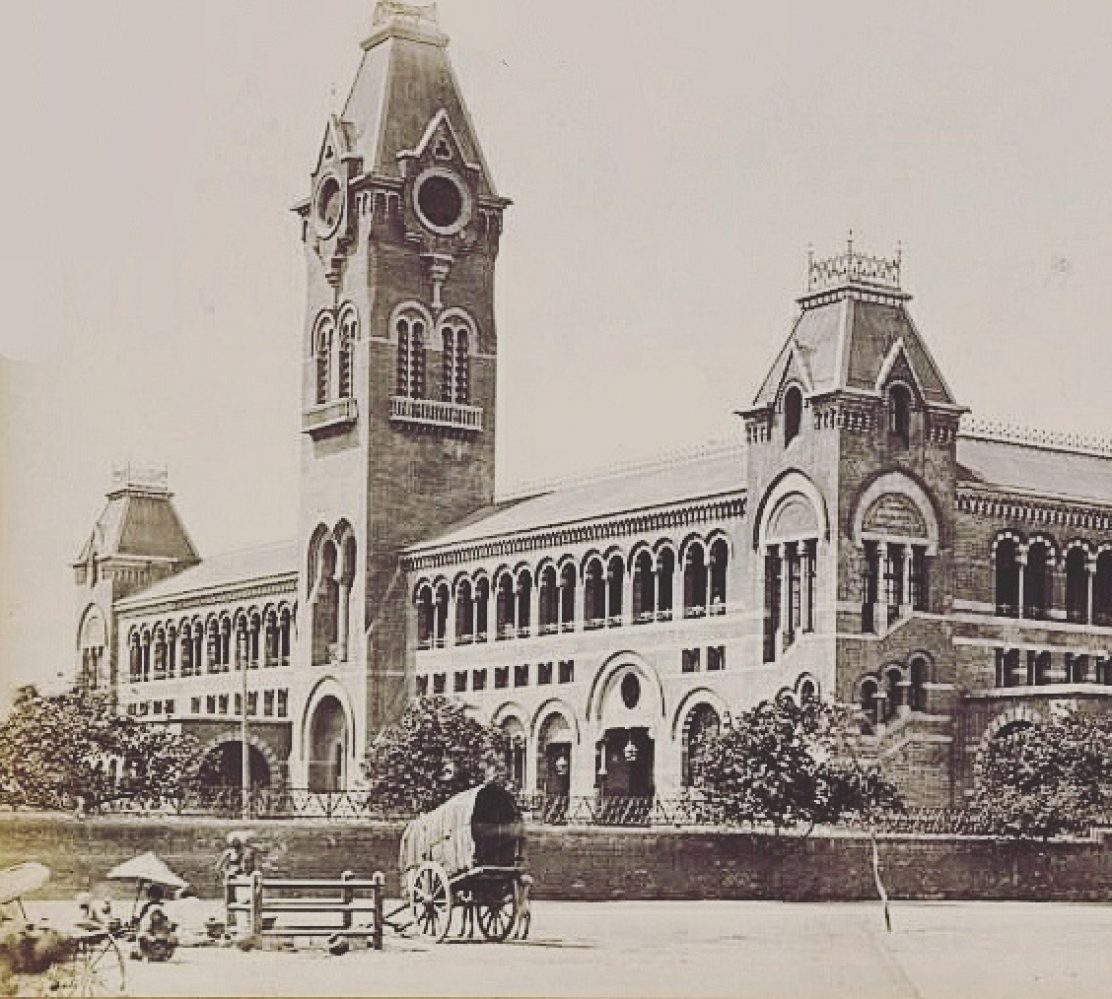Lord Connemara is a name that is very familiar to Madras though he served only for a brief 3 years as the governor of Madras. The Connemara hotel then known as the imperial hotel was established in 1854 by T. Ruthnavaloo Mudaliar. Located at the intersection of Mount and Binny Roads, it stands on historic land – property of the Nawabs of Arcot. The Imperial was succeeded by The Albany in 1886, which in 1890 became the Connemara. The new owners were the brothers P. Cumaraguru and P. Chokalinga Mudelly
The Albany became Spencer property in 1890 and was re-christered the Connemara. It was much speculated that the name was given because the lady Connemara stayed there for several months after finding the lord in the company of other ladies at their home. They eventually ended up getting divorced when they returned back to England. But it was later clarified that the hotel was named after Robert Bourke, Baron of Connemara and not his ex-wife.
By the early 1930s, however, there was need for modernising and this was done based on designs from the architects’ firm of Jackson and Barker of the city. It was they who gave the hotel its art deco façade which is featured in this photo and which still survives.
In 1974, the Spencer’s International Hotels Limited, which still owns the Connemara, entered into a management contract with the Taj Group of Hotels, owned by the Tatas. In 1995, the Taj name was prefixed to the Connemara and so it remained till a couple of years back when, as part of a rebranding exercise by the Taj Group, the Connemara became part of the Vivanta range of Taj Hotels.
SOURCE: Madras Rediscovered |S.Muthiah





